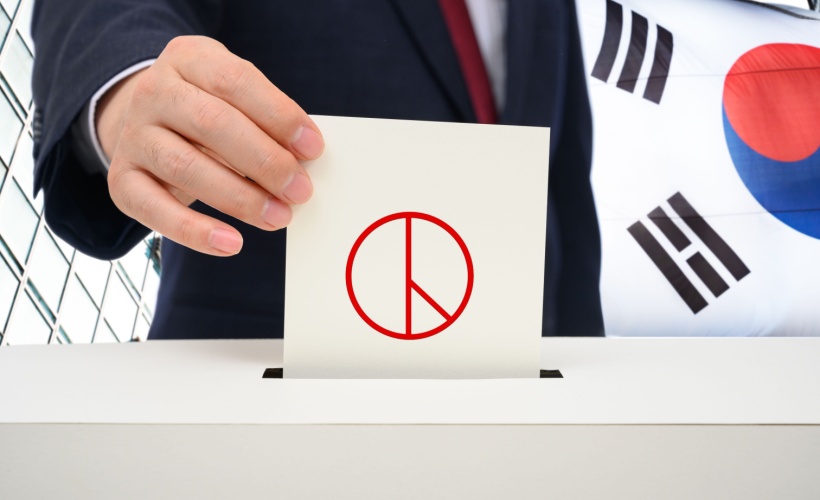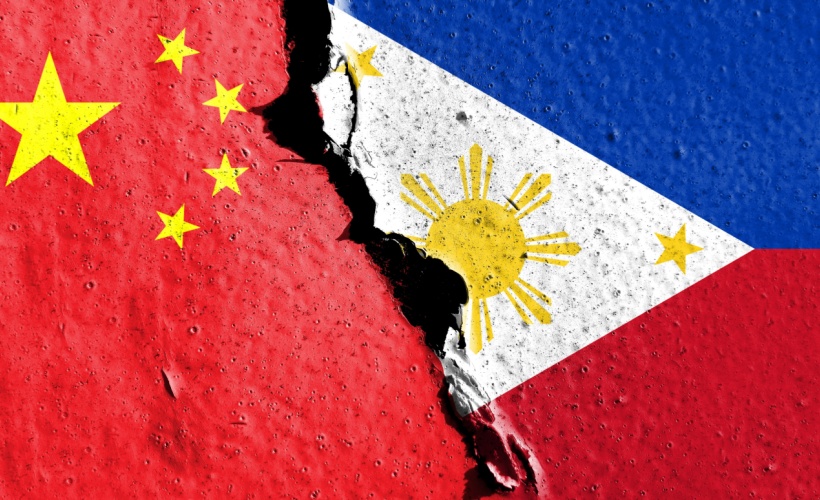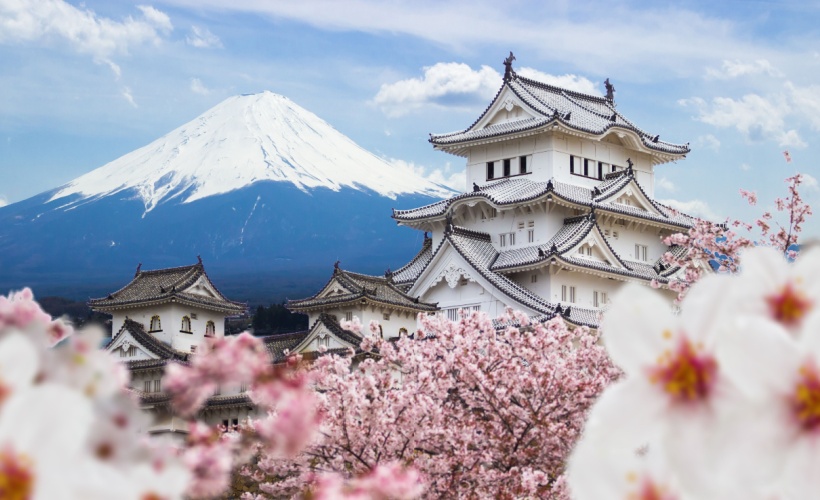By Thomas Peak, former Research Associate
The Chinese government has long been accused of persecuting Uighur and other Turkic minorities in Xinjiang. Evidence has been found of concentration camps holding up to 1 million people, targeted killings of Uighurs, systematic policies of forced abortions and sterilisation of Uighur women, the forcible transfer of Uighur children to families of other ethnic groups, large-scale rape and sexual violence, torture, and massive use of slave labour.
For years, leading NGOs have pointed out that these policies meet the legal definition of Genocide, defined by the 1948 Genocide Convention as the ‘intent to destroy, in whole or in part, a national, ethnic, racial or religious group’. The Convention legally obligates states to ‘prevent and punish’ the crime. These claims have been strengthened in recent months as the US State Department, the Canadian Parliament, and the Dutch Parliament have all made official Genocide determinations.
The decision of governments to apply the ‘Genocide’ label has proved controversial, and arguments around use of the word have overshadowed calls for action. Much of the controversy centres around two common misperceptions.
The Economist, for instance, has claimed Genocide is an inappropriate term ‘in the absence of mass murder’. Genocide is both a political and a legal-technical concept. The first misperception is that the political and legal definitions are in conflict, and by applying legal criteria one is negating the political purposes of the Genocide Convention. In this case, by applying the legal term in the (apparent) absence of mass killing, the political norm will be weakened. As a political concept, of course, Genocide is highly emotive, and loaded with historical meanings. The political conception of Genocide has always struggled to keep up with the reality; the Rwandan Genocide did not look like the Holocaust, and the Genocide in Darfur did not look like that in Rwanda. Chinese policy in Xinjiang looks like none of these.
For much of the late twentieth-century, Genocide was seen almost exclusively in terms of the Holocaust, but contemporary history has shown that this most serious violation of human dignity can take many forms. Ultimately, the political and the legal uses of the concept are not in conflict. The question at stake, as stated in the Genocide Convention, is the intent to eradicate a group. This can be achieved by gas chambers, machetes, sterilisation, or in myriad other ways.
The second misconception is that Crimes Against Humanity are somehow a ‘lesser’ manifestation of mass atrocities. However, Crimes Against Humanity as detailed in the Rome Statutes enjoy equal standing to the crime of Genocide. The Responsibility to Protect (formally adopted by the United Nations in 2005) specifies four specific crimes: Genocide, War Crimes, Crimes against Humanity, and Ethnic Cleansing. There is no hierarchy among them. And under the Third Pillar, states have committed themselves ‘to take collective action, in a timely and decisive manner’, should a government prove unable or unwilling to protect its own populations from any of these crimes.
The drawn-out arguments, then, over whether or not the Chinese government is committing Genocide, or Crimes against Humanity, or both, detract attention from the fact that the most serious international crimes continue to take place – in whatever specific form that may be. Argument over technical labels appears often as a political distraction from taking potentially costly actions against the crimes themselves.
The Responsibility to Protect imposes obligations and reflects clearly stated intentions to address all mass atrocity crimes. International society has procrastinated over definitions whilst civilians are subject to massive international crimes before, in Cambodia, in Bosnia, in Rwanda, in Sudan, and elsewhere. Better understanding how efforts to address mass atrocity crimes have evolved over recent decades will be an important step to generating public and political will to follow up words with actions.







